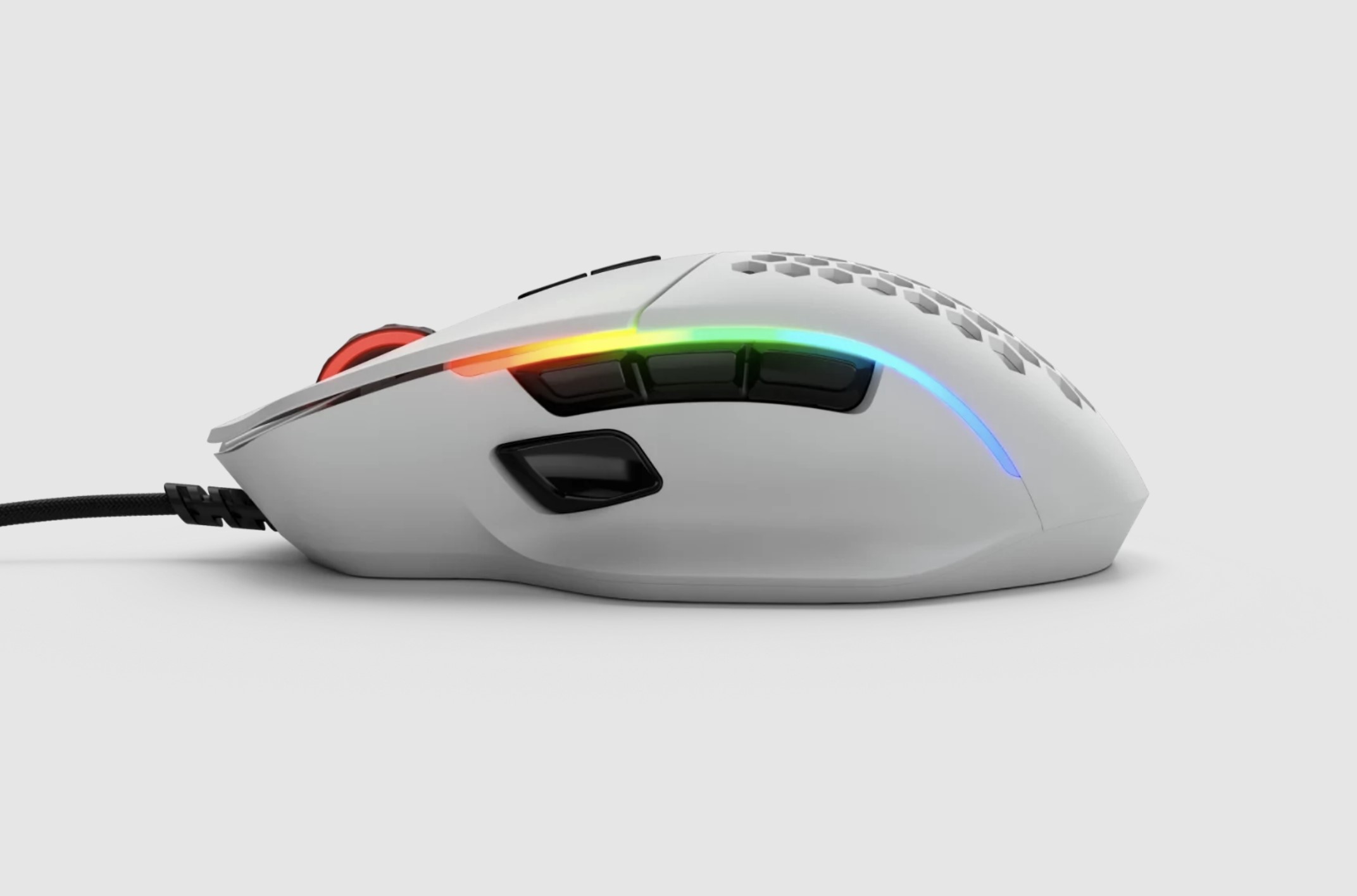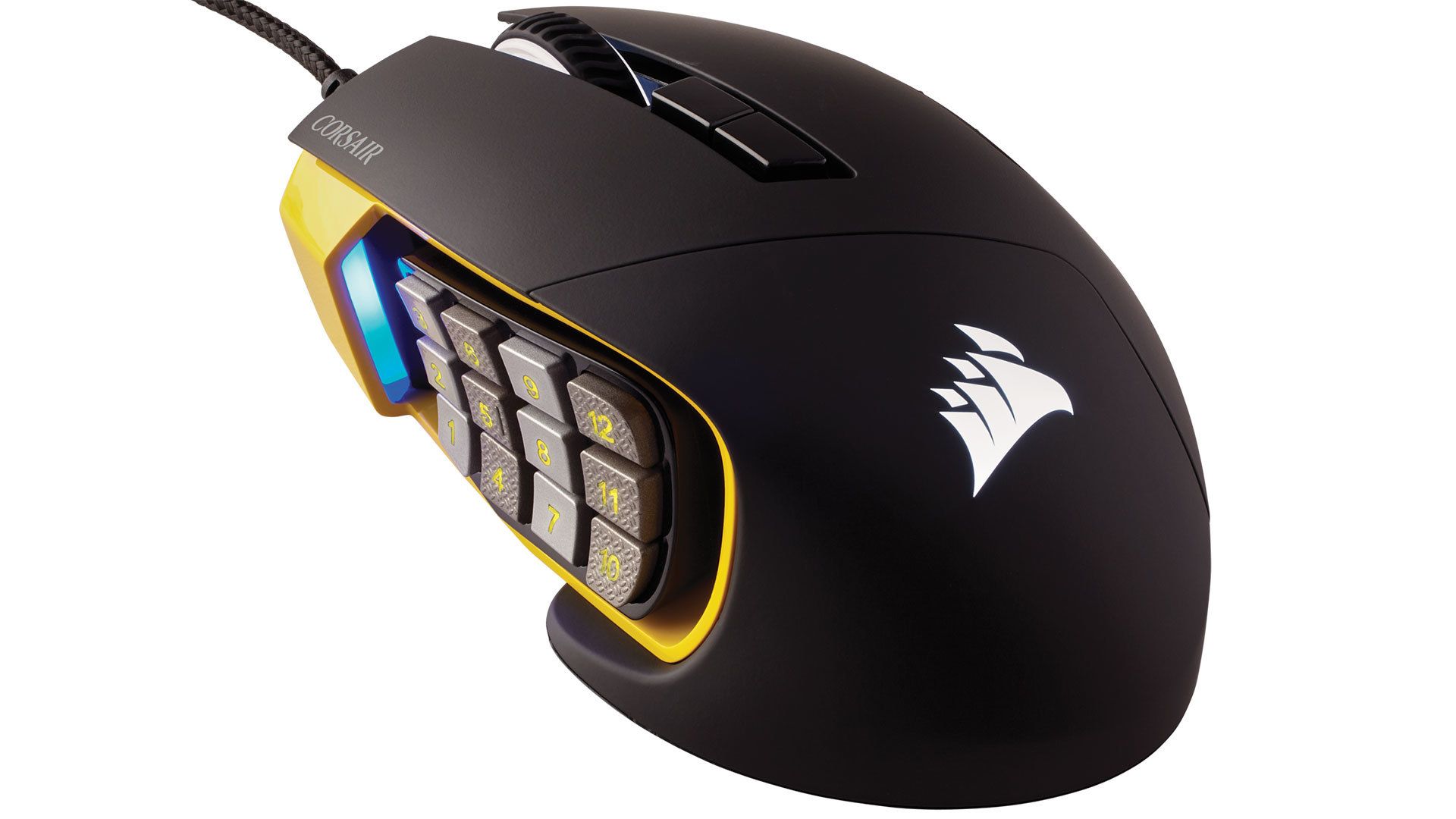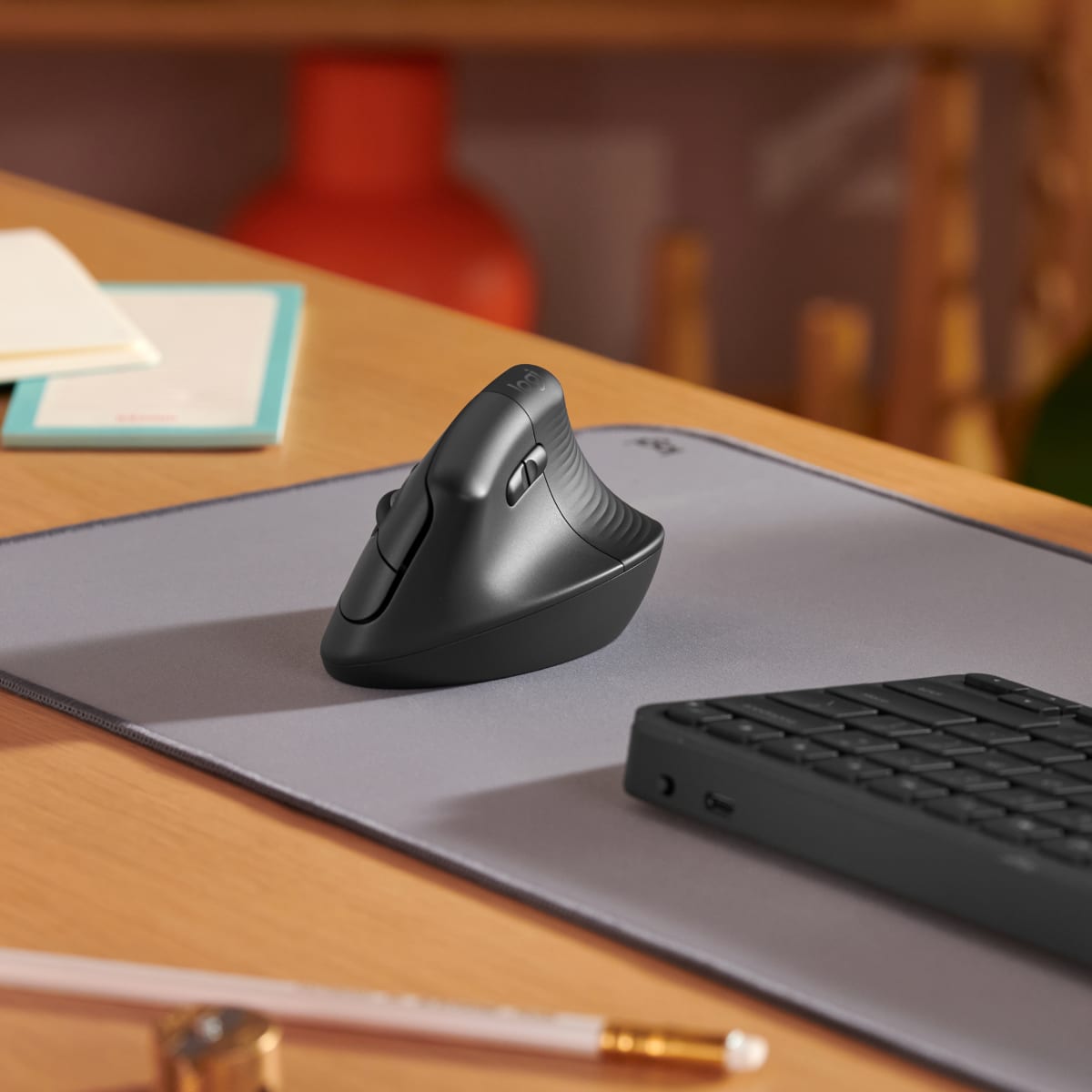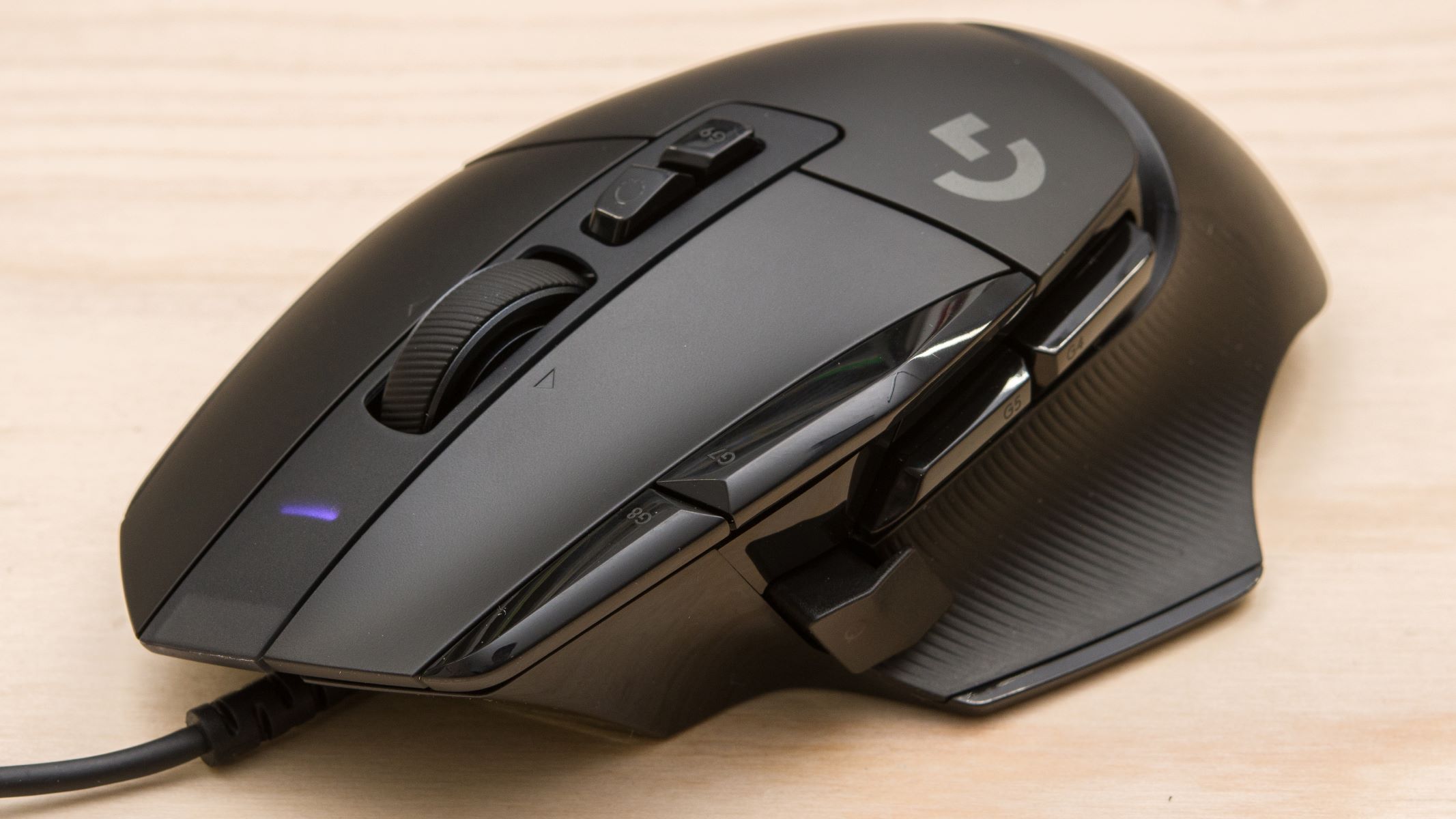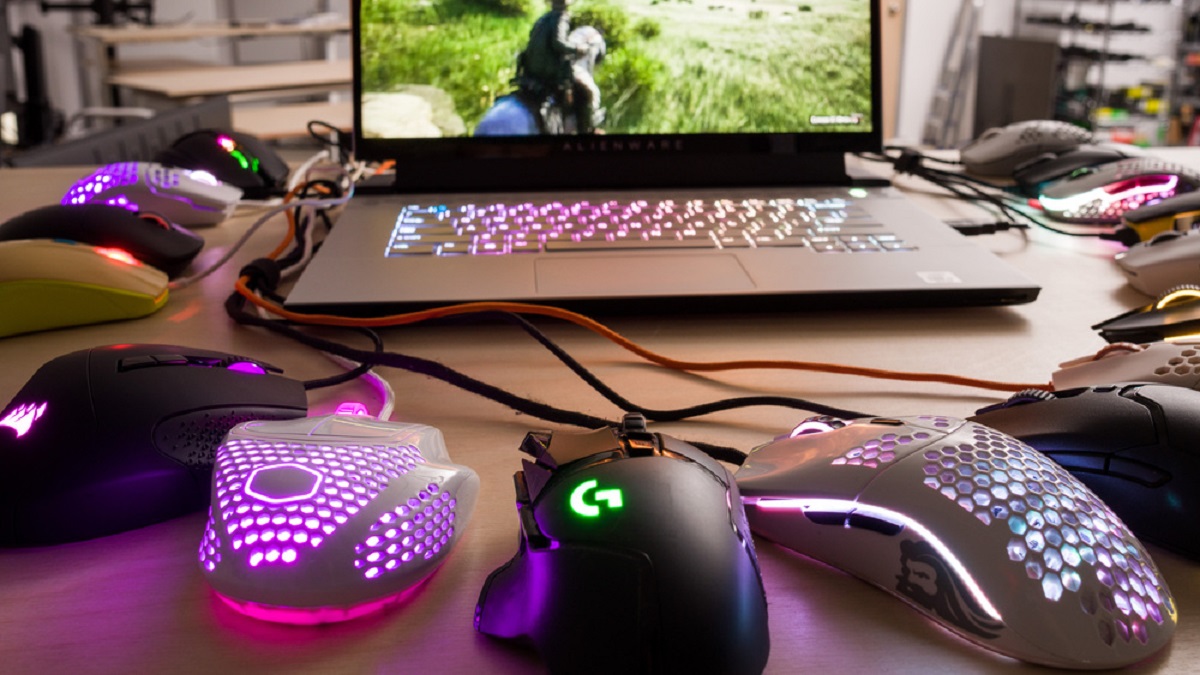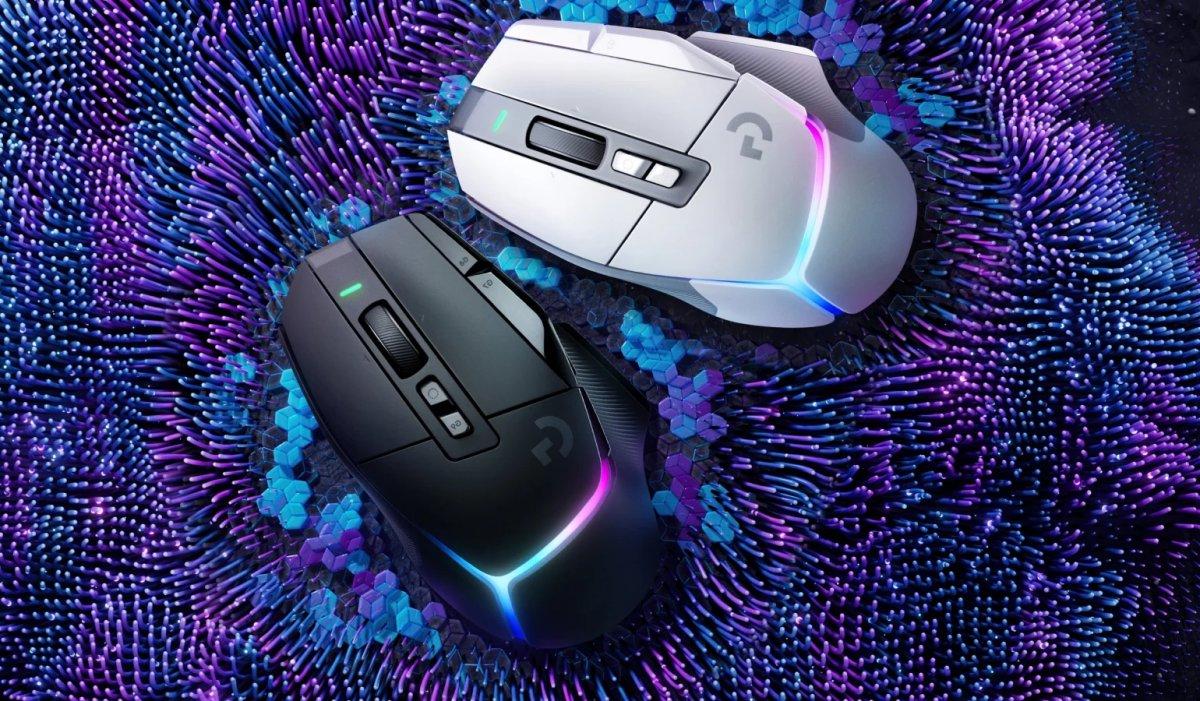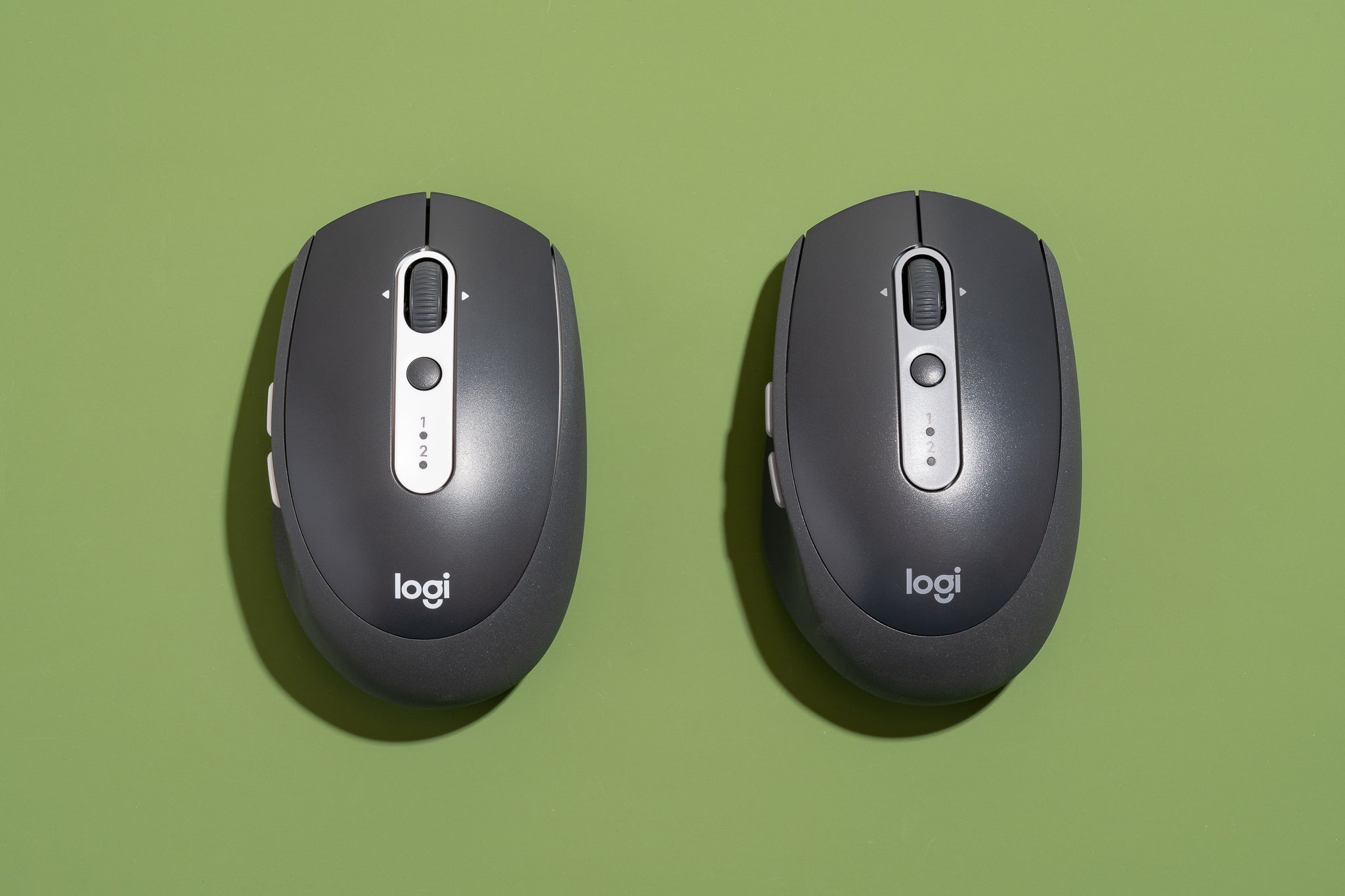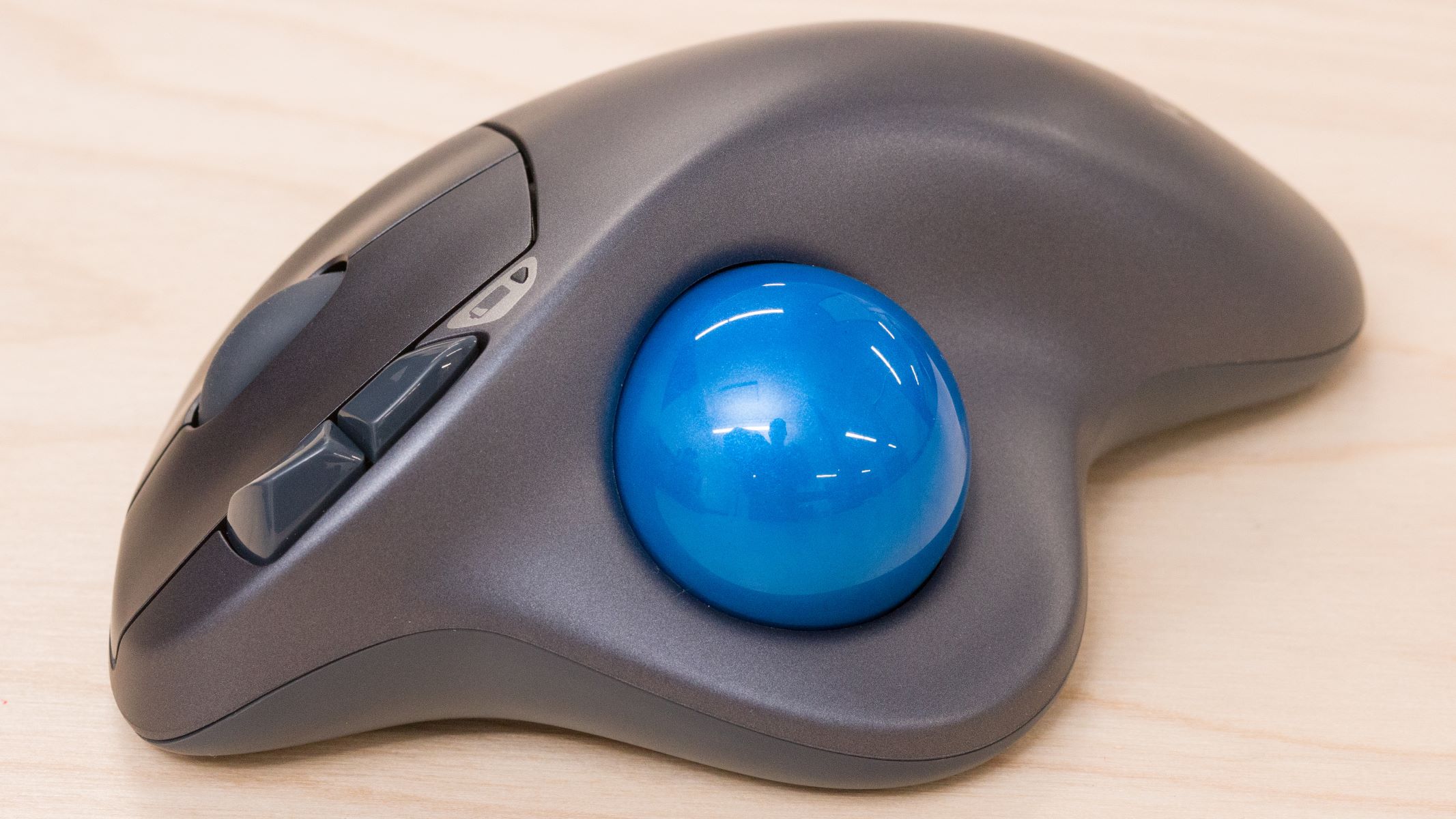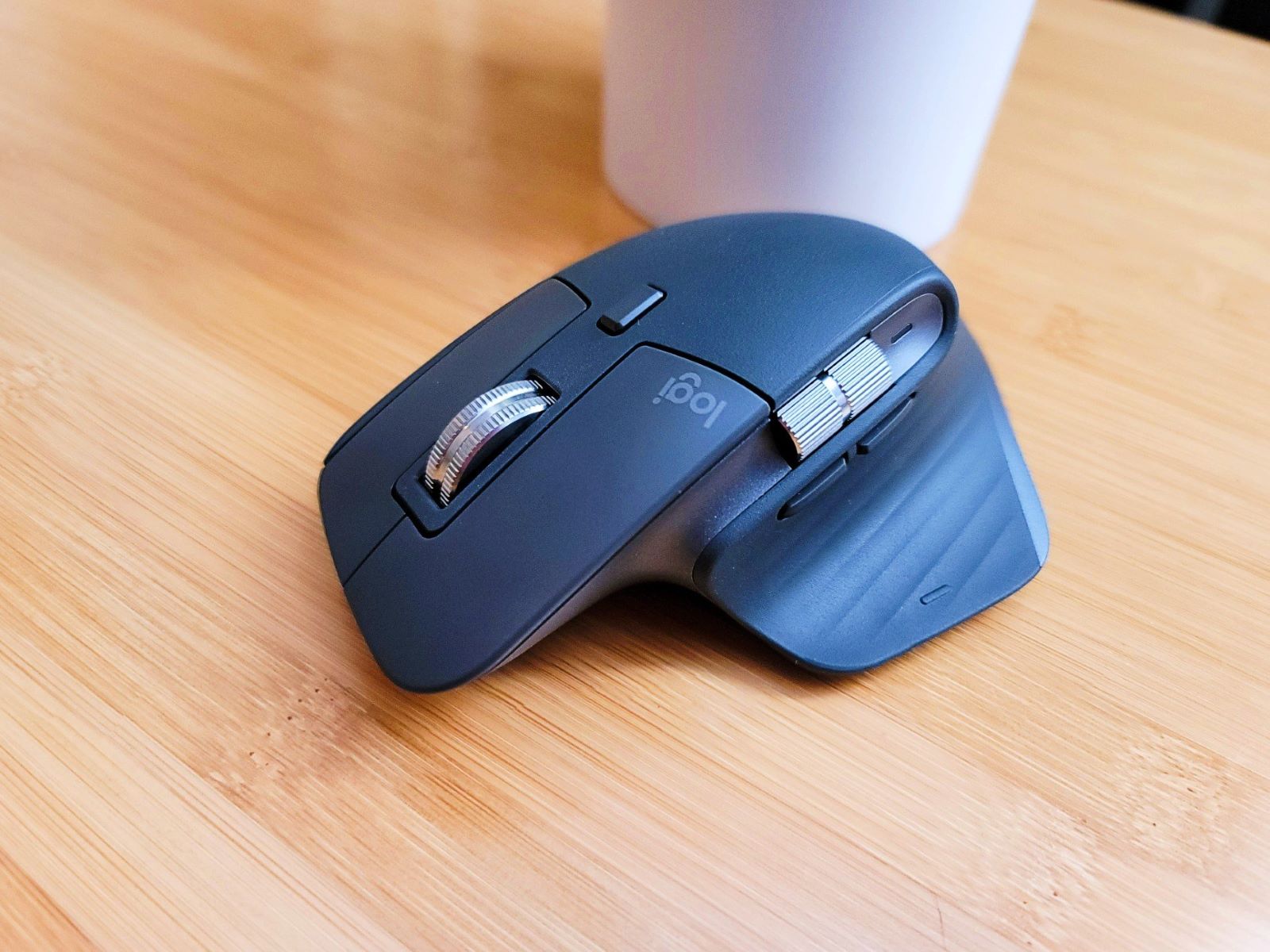Introduction
Welcome to the world of gaming mice, where every button can be a game-changer. Whether you're a seasoned gamer or just getting started, having all the buttons on your gaming mouse working can significantly enhance your gaming experience. In this guide, we'll explore the essential steps to ensure that every button on your gaming mouse functions as intended.
A gaming mouse is not just a regular peripheral; it's a versatile tool designed to give you an edge in your favorite games. With multiple buttons, customizable settings, and ergonomic designs, these mice are built for precision and performance. However, getting all the buttons to work seamlessly requires a bit of technical know-how. Fear not, as we'll walk you through the process step by step, ensuring that you can unleash the full potential of your gaming mouse.
In the following sections, we'll delve into the intricacies of gaming mouse functionality. We'll start by understanding the different components and features of a gaming mouse, followed by the installation of the correct drivers to ensure proper recognition by your system. Then, we'll explore the configuration of button assignments to optimize their functionality in various applications. Additionally, we'll discuss the use of third-party software to unlock advanced customization options. Lastly, we'll troubleshoot common issues that may arise during this process, ensuring that you can address any challenges effectively.
So, whether you're looking to assign specific commands to different buttons for a seamless gaming experience or seeking to maximize productivity in your daily tasks, this guide will equip you with the knowledge to make the most of your gaming mouse. Let's embark on this journey to unlock the full potential of your gaming mouse and elevate your gaming and computing experience to new heights.
Understanding Your Gaming Mouse
Before delving into the technical aspects of configuring your gaming mouse, it’s essential to understand the key components and features that make these peripherals unique. Unlike standard mice, gaming mice are equipped with multiple buttons, adjustable DPI (dots per inch) settings, customizable profiles, and ergonomic designs tailored to enhance user experience during extended gaming sessions.
One of the distinguishing features of a gaming mouse is the presence of additional programmable buttons, often located on the side or top of the mouse. These buttons can be customized to perform specific in-game actions, macros, or even serve as shortcuts for productivity applications. Understanding the layout and functionality of these buttons is crucial in optimizing the gaming experience and increasing efficiency in other tasks.
Furthermore, gaming mice often come with adjustable DPI settings, allowing users to fine-tune the sensitivity of the mouse according to their preferences. Higher DPI settings result in faster cursor movement, which is beneficial in fast-paced gaming scenarios, while lower DPI settings offer precision and control, ideal for tasks that require accuracy such as photo editing or graphic design.
Additionally, many gaming mice feature customizable profiles that enable users to save and switch between different button configurations, DPI settings, and lighting effects with ease. These profiles cater to various gaming genres and can also be tailored for specific applications, ensuring that the mouse adapts to different usage scenarios seamlessly.
Understanding the unique features and capabilities of your gaming mouse is the foundation for harnessing its full potential. By familiarizing yourself with the layout, programmable buttons, DPI settings, and customizable profiles, you’ll be better equipped to configure and optimize the functionality of your gaming mouse for gaming, productivity, and overall user experience.
Installing the Correct Drivers
Ensuring that your gaming mouse has the appropriate drivers installed is crucial for seamless integration with your system and unlocking its full functionality. Most gaming mice come with dedicated software and drivers that enable users to customize button assignments, DPI settings, and lighting effects. Here’s a step-by-step guide to installing the correct drivers for your gaming mouse:
- Check the Manufacturer’s Website: Visit the official website of the gaming mouse manufacturer to locate the latest drivers and software for your specific model. Manufacturers frequently update their drivers to improve compatibility and add new features, so it’s essential to download the most recent version.
- Download and Install the Software: Once you’ve identified the appropriate drivers for your gaming mouse, download the software package from the manufacturer’s website. Follow the installation instructions provided to install the software on your computer. This software will serve as the control center for customizing your gaming mouse’s settings.
- Connect Your Gaming Mouse: After installing the software, connect your gaming mouse to a USB port on your computer. The software should automatically detect the mouse and prompt you to configure its settings. If the software doesn’t recognize the mouse, ensure that it’s properly connected and try using a different USB port.
- Complete the Setup: Follow the on-screen instructions to complete the setup process. This may involve firmware updates for the mouse, calibration for specific surfaces, and the creation of customized profiles. Take the time to explore the software’s features and settings to familiarize yourself with the customization options available for your gaming mouse.
By installing the correct drivers and software for your gaming mouse, you’ll gain access to a wide array of customization options, including button assignments, DPI adjustments, and lighting controls. These features are essential for tailoring the mouse to your preferences and optimizing its performance for gaming and everyday use.
Configuring Button Assignments
Customizing the button assignments on your gaming mouse is a pivotal aspect of optimizing its functionality for gaming and productivity. Most gaming mice are equipped with programmable buttons that can be assigned specific functions, macros, or keystrokes to streamline in-game actions or enhance workflow efficiency. Here’s a comprehensive guide to configuring button assignments on your gaming mouse:
- Access the Control Software: Open the control software or utility that was installed with the gaming mouse drivers. This software provides a user-friendly interface for customizing button assignments and other settings. Navigate to the section dedicated to button assignments or customization.
- Select the Desired Button: Identify the button on the graphical representation of the mouse in the software interface. Most gaming mouse software allows users to click on individual buttons to assign specific functions or macros. Click on the button you wish to customize to proceed with the configuration.
- Assign Functions or Macros: Once the button is selected, you can choose from a range of predefined functions, such as DPI adjustments, media controls, or specific keystrokes. Additionally, many gaming mouse software packages enable users to record and assign custom macros, allowing for complex sequences of actions to be executed with a single button press.
- Save the Configuration: After assigning functions or macros to the desired buttons, ensure to save the configuration within the software. This step is crucial for preserving your customized button assignments, especially if the software supports multiple profiles for different gaming genres or applications.
By configuring button assignments tailored to your preferences and gaming style, you can streamline in-game actions, execute complex commands with ease, and gain a competitive edge in multiplayer games. Moreover, customized button assignments can also enhance productivity by providing quick access to frequently used functions in various software applications.
Using Third-Party Software
While the proprietary software provided by gaming mouse manufacturers offers robust customization options, some users may seek additional features and advanced functionality. In such cases, third-party software can serve as a valuable tool for unlocking enhanced customization capabilities and expanding the potential of your gaming mouse. Here’s a detailed exploration of using third-party software with your gaming mouse:
- Research Compatible Software: Begin by researching third-party software options that are compatible with your gaming mouse model. Look for reputable software solutions that offer the features you desire, such as extensive macro support, advanced button remapping, and profile management.
- Download and Install the Software: Once you’ve identified a suitable third-party software solution, download and install it on your computer. Ensure that the software is from a trusted source to avoid potential security risks or compatibility issues.
- Explore Advanced Customization: Third-party software often provides a broader range of customization options compared to native manufacturer software. This may include advanced macro recording and editing, in-depth button remapping, and the ability to create complex automation scripts for specific games or applications.
- Community-Generated Profiles and Scripts: Many third-party software platforms have active user communities that share custom profiles, scripts, and configurations for popular games and applications. Leveraging these community-generated resources can provide valuable insights and pre-configured settings tailored to specific gaming scenarios.
- Compatibility and Updates: Keep in mind that using third-party software may require regular updates to ensure compatibility with the latest gaming mouse firmware and game titles. Stay informed about software updates and compatibility with your gaming mouse to avoid potential issues.
By utilizing third-party software, you can expand the customization potential of your gaming mouse, access community-generated content, and fine-tune settings to align with your unique preferences and gaming style. However, it’s essential to exercise caution when downloading and installing third-party software to mitigate any potential security risks or conflicts with existing system configurations.
Troubleshooting Common Issues
While configuring a gaming mouse can greatly enhance your gaming and computing experience, encountering technical hiccups is not uncommon. Understanding and addressing common issues that may arise during the setup and customization process is essential for ensuring smooth functionality. Here’s a comprehensive guide to troubleshooting common issues with your gaming mouse:
- Driver and Software Updates: Ensure that you have the latest drivers and software for your gaming mouse installed. Manufacturers frequently release updates to address compatibility issues and introduce new features. Check the manufacturer’s website or the software utility for updates.
- USB Port and Connection: If the gaming mouse is not being recognized, try connecting it to a different USB port on your computer. Additionally, inspect the USB cable for any damage and ensure a secure connection. Using a different USB port can help identify potential issues with the original port.
- Compatibility with Third-Party Software: If you’re using third-party software for advanced customization, ensure that it is compatible with your gaming mouse model and the games you intend to play. Incompatibility issues can lead to erratic behavior and functionality issues.
- Button Response and Sensitivity: If you notice inconsistent button response or sensitivity, review the DPI settings and button assignments in the control software. Adjust the DPI levels to suit your preferences and verify that the assigned functions are correctly configured for the intended actions.
- Firmware Updates: Check for firmware updates for your gaming mouse. Firmware updates can address performance issues, enhance compatibility, and introduce optimizations. Follow the manufacturer’s instructions to update the firmware of your gaming mouse.
- Surface Calibration: Some gaming mice support surface calibration to optimize tracking performance on different types of mouse pads or surfaces. If you experience tracking issues, consider calibrating the mouse for the specific surface you are using.
By proactively addressing common issues that may arise with your gaming mouse, you can ensure a seamless and optimized user experience. Regularly checking for updates, verifying connections, and fine-tuning settings can mitigate potential issues and maximize the performance of your gaming mouse across various gaming genres and productivity tasks.







